4 Russian women who became world-famous abroad
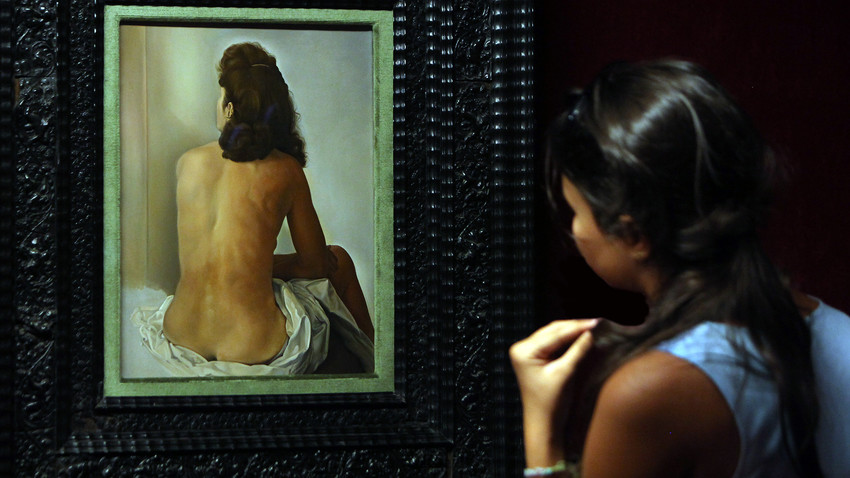
A painting by Salvador Dali featuring his wife Gala
Getty Images1. Ayn Rand (Alisa Rosenbaum), libertarian writer and
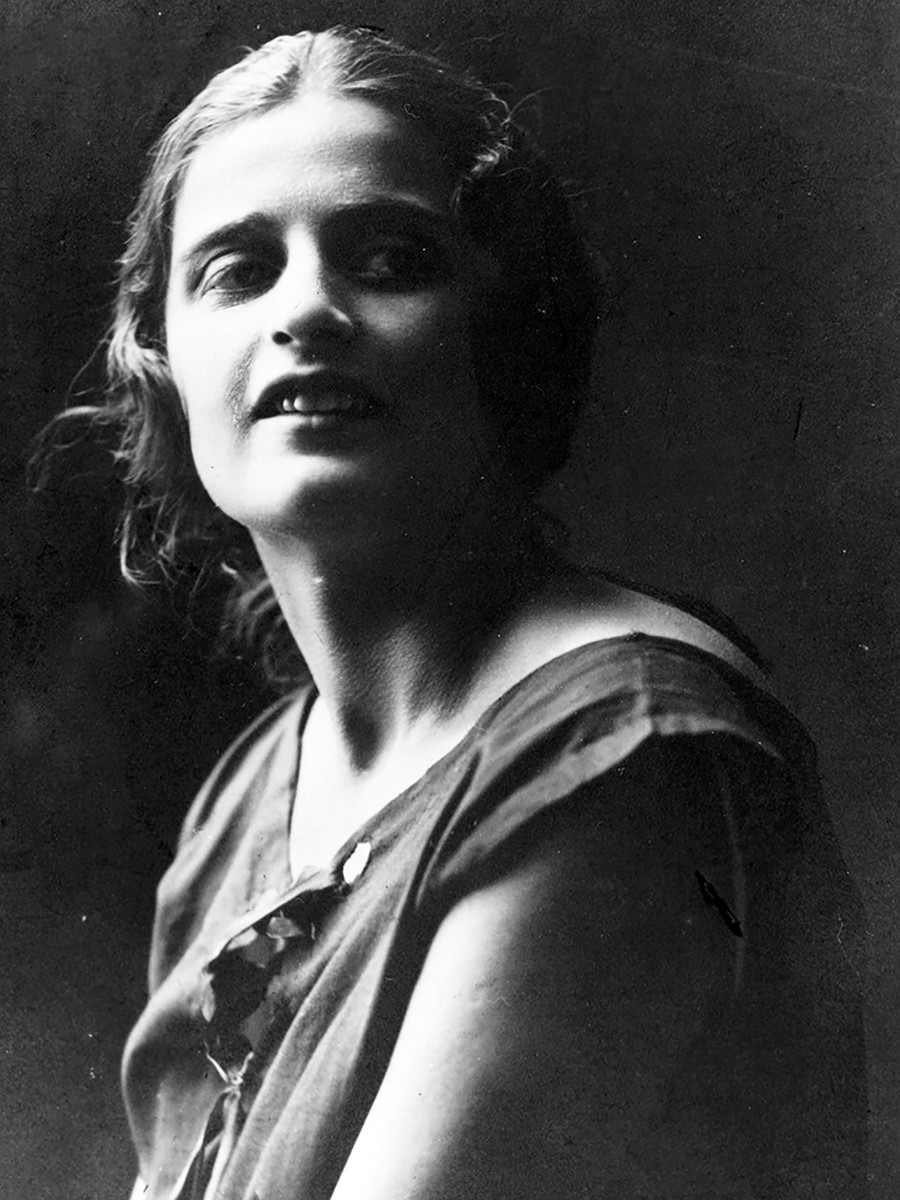
Alisa Rosenbaum, later known as Ayn Rand, was born in St. Petersburg to a Jewish family from where she emigrated when she was 20 years old.
Alisa's father was the owner of a pharmacy, which was nationalized after the Russian revolution – a fact that clearly influenced her later philosophical views.
She had studied at film school in the USSR and later applied for an internship in the USA. Her aunt had immigrated there before the revolution and agreed to host her for a few months. To everybody’s
Ayn Rand gained world fame after her novels The Fountainhead and Atlas Shrugged were published. Passionate hymns to freedom, individuality
2. Gala Dali (Elena Diakonova), Salvador Dali's manager and muse
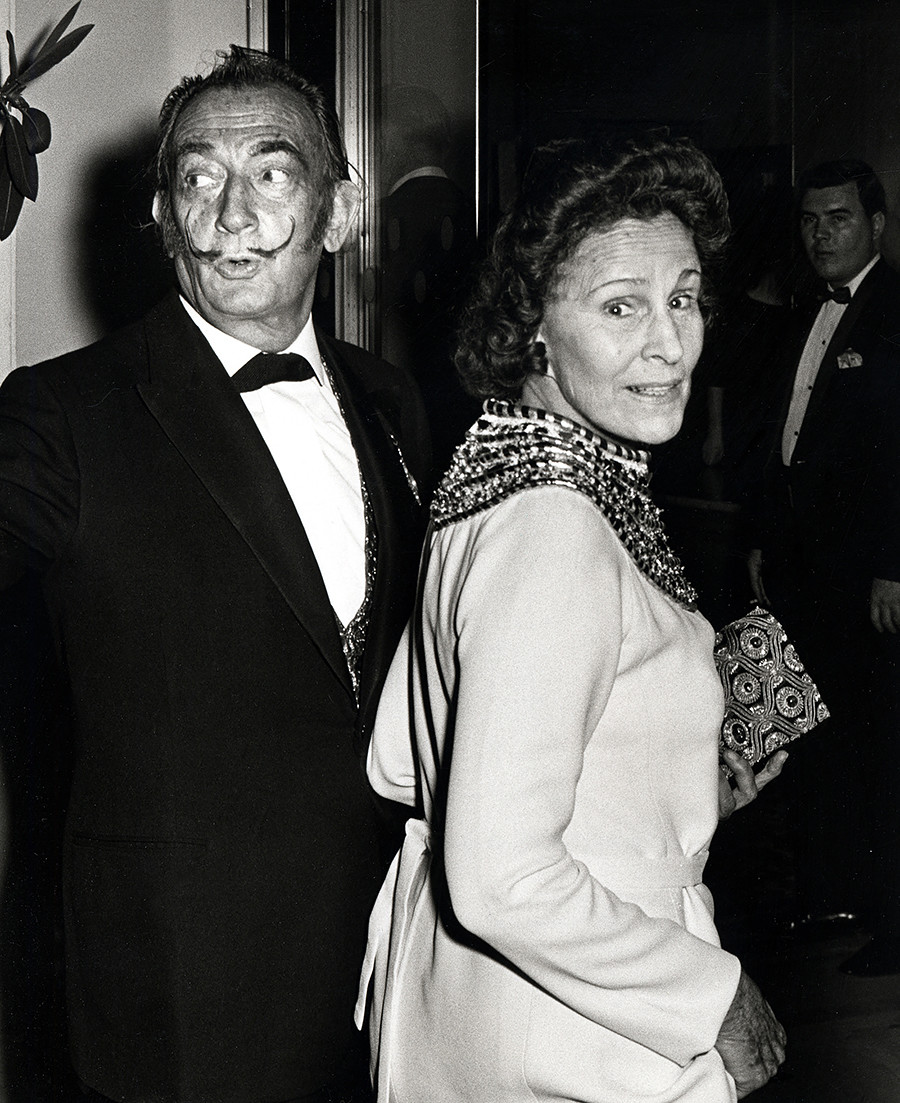
During his artistic
Elena Diakonova was born in Kazan, into the family of a clerk, before the family moved to Moscow, and in 1912 the young woman went to a sanatorium in Clavadel (Switzerland) to be treated for tuberculosis, where she met the great French poet-to-be Paul Eluard. They were soon married and moved to France. A few years later German avant-garde painter Max Ernst joined the family and they started living together. It was at this time that Elena started to use the pseudonym Gala.
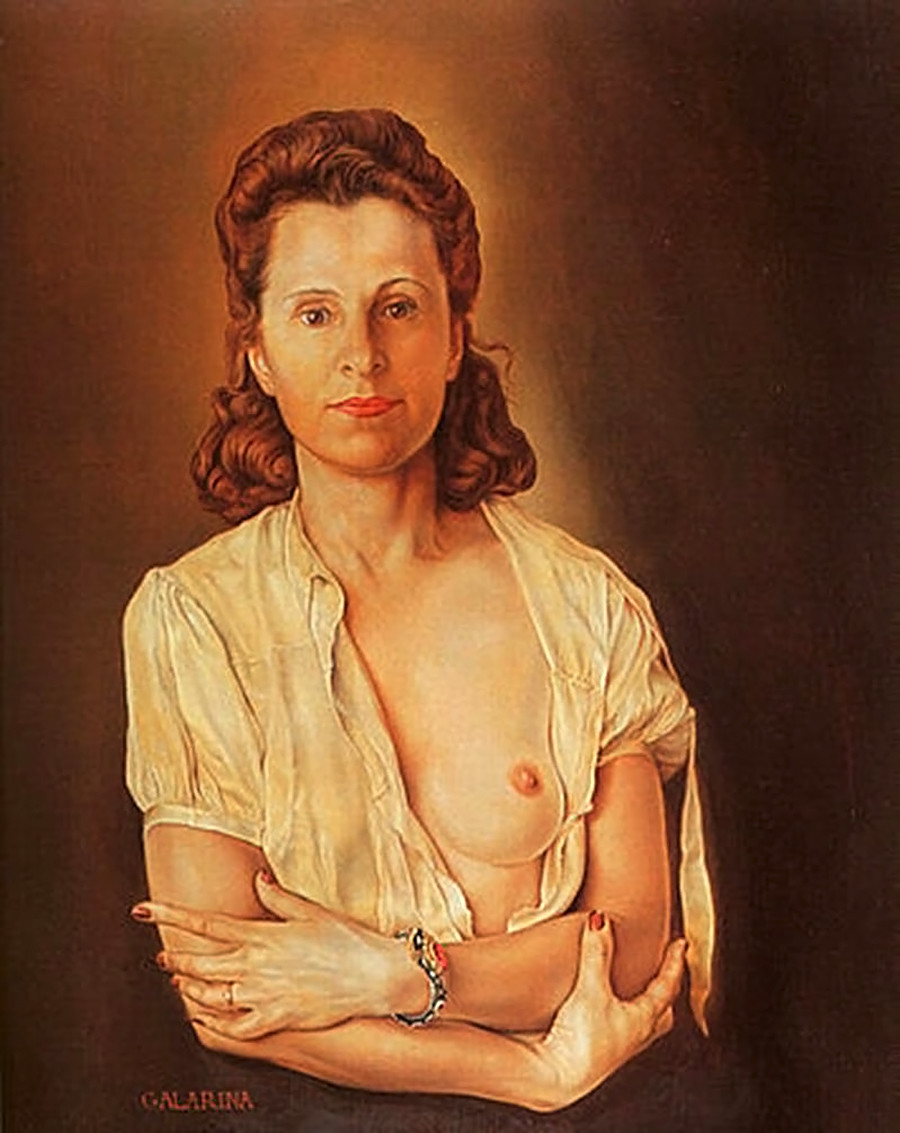
"Galarina", portrait of Gala Dalí by Salvador Dalí,1944.
Teatre Museu Gala Salvador DaliIn 1929, when she was 35 years old, Elena met Salvador Dali, who was then 25, and she fell in love with the young and talented painter. She became his wife, the only model for his paintings, his manager
Gala tirelessly paid newspaper critics and roamed galleries to promote Dali, collected an army of fans, constantly talked about the genius of her beloved husband, and achieved great results.
In the 1930s Dali's paintings would sell out within half an hour of an exhibition opening. The artist himself started to believe in his genius and became the father of surrealism.
3. Lou Salome, one of the first women psychoanalysts
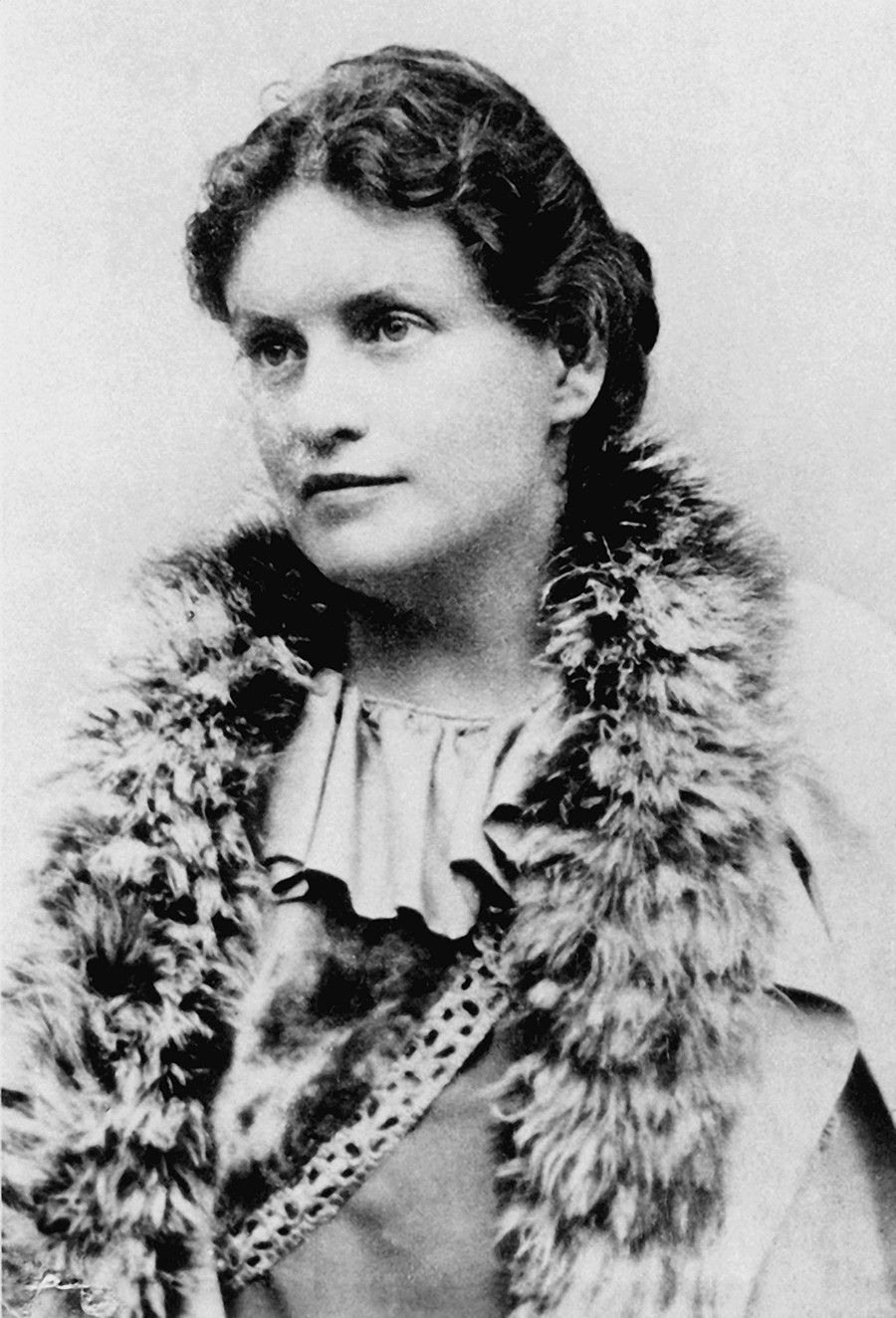
Luiza Salome is known not only as a writer, philosopher
Being a talented writer and scientist, this woman had strong feminine charm, making men fall in love with her and influencing their philosophical and creative ideas.
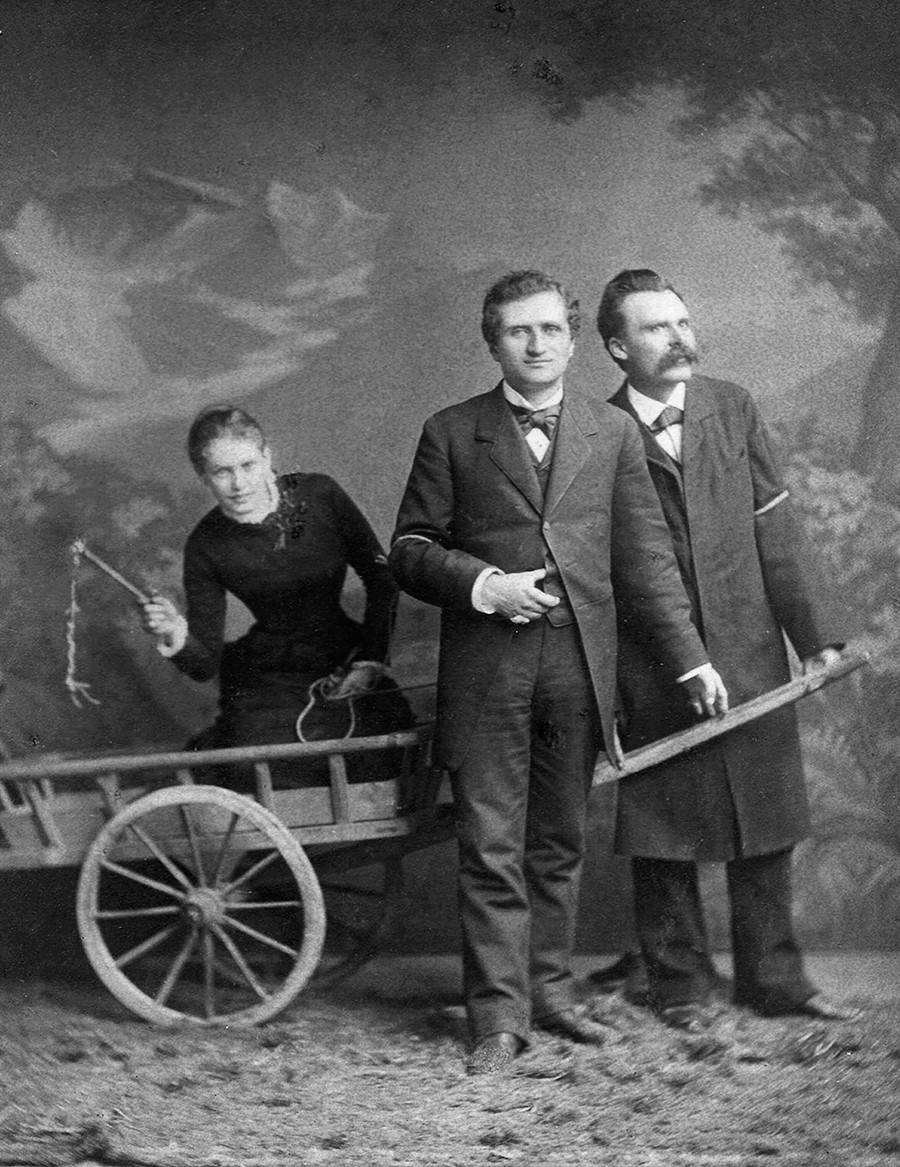
Lou Andreas-Salomé, Paul Rée and Friedrich Nietzsche, 1882
Getty ImagesSalome was born in St. Petersburg to a family of a Russian aristocrat of German origin. After the death of his father, Salome moved to Switzerland in order to get higher education (in Russia it was forbidden for women at that time). In
In 1911 Salome met Sigmund Freud and dedicated 25 years of her life to psychoanalysis. She wrote books, the best known of which is Eroticism and more than 130 articles on this subject; she also had a psychoanalytic practice in Goettingen, Germany.
4. Sofia Kovalevskaya, the world's first female professor of mathematics
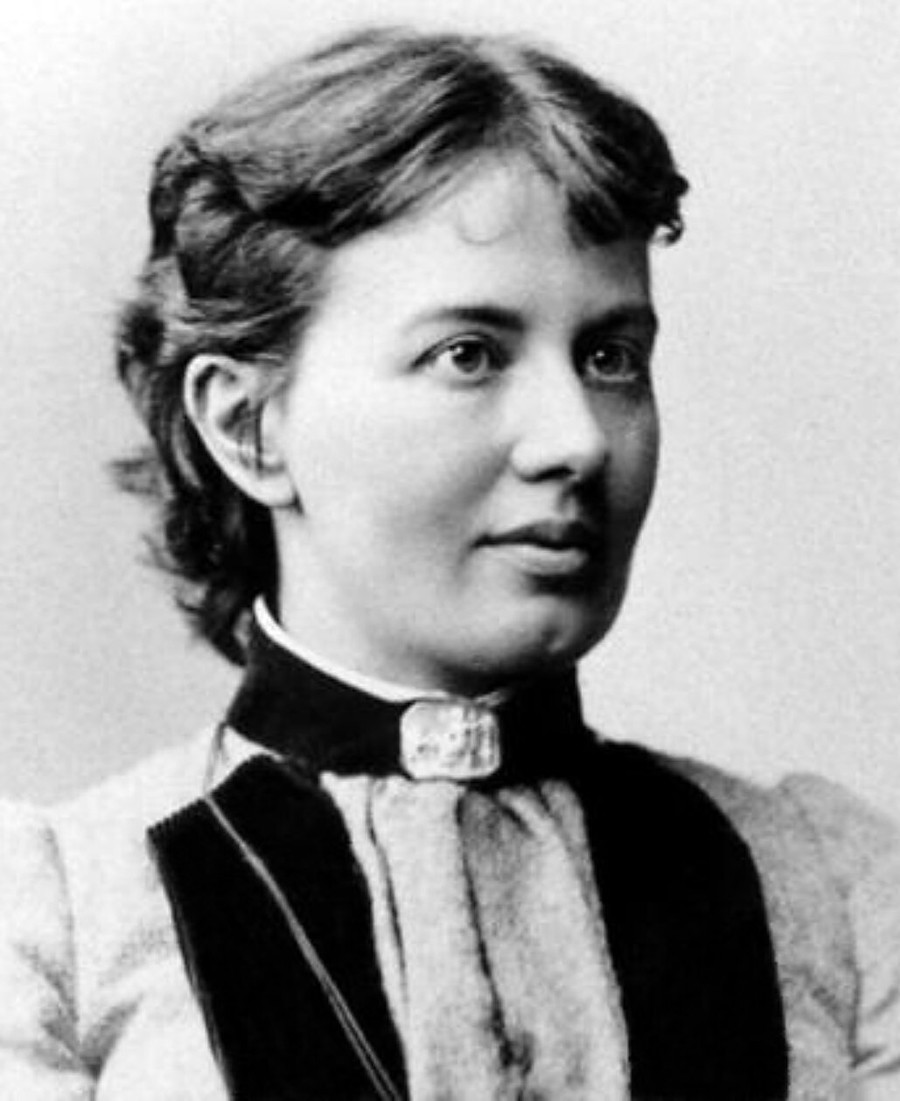
To follow her dreams and make mathematics her profession,
In Russia at the end of the
The couple went to Heidelberg, Germany, where Sofia studied in a local university. After that Kovalevskaya continued her math education in Berlin.
Sofia Kovalevskaya defended her doctoral dissertation on the theory of differential equations with honors. She became the first female mathematician in Russia and the first female professor of mathematics in the world; she was also a talented writer and novelist.
After the suicide of her husband, Kovalevskaya moved to Stockholm, where with
If using any of Russia Beyond's content, partly or in full, always provide an active hyperlink to the original material.
Subscribe
to our newsletter!
Get the week's best stories straight to your inbox